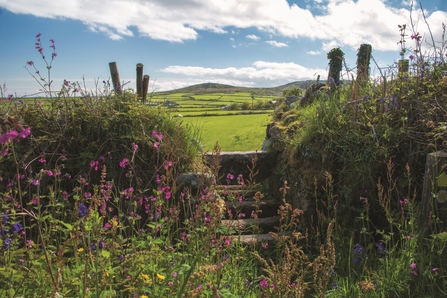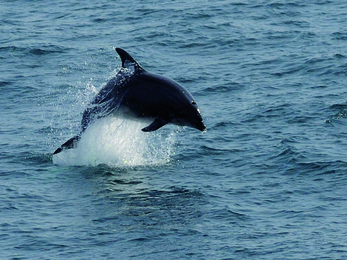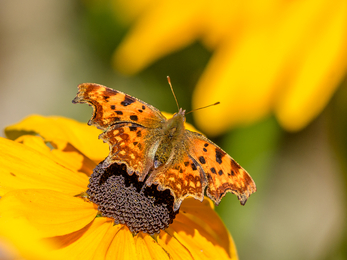- 12% of species of principal importance are threatened with local extinction
- Almost a quarter of all terrestrial mammals and butterfly species at risk
- 150km (93 miles) of Cornish Hedges lost since 1990
- Among the biggest threats to nature on land are intensive farming and climate change
- The most significant threats to nature at sea are intensive fishing and pollution
Cornwall’s coasts and countryside are undoubtedly beautiful, but a new report published today reveals that Cornwall’s wild places - and the species that depend on them - are in decline.



